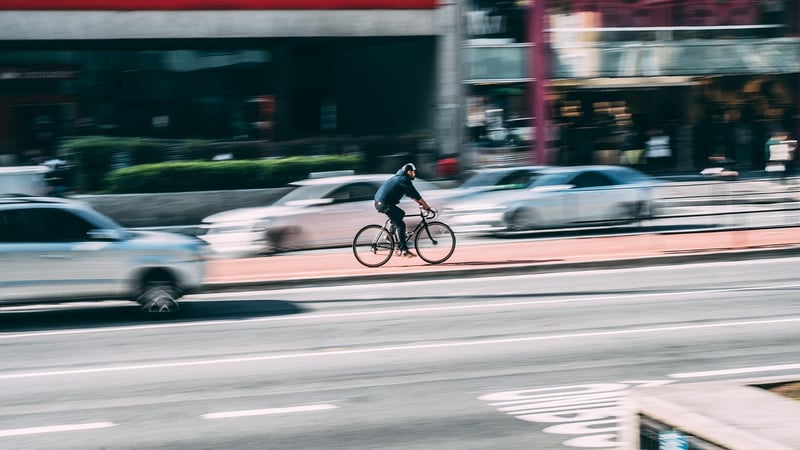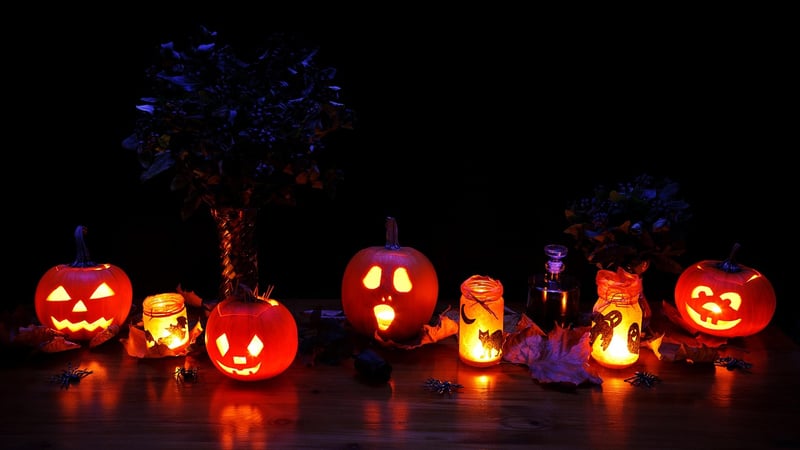Lighting Tricks
Capture Stunning Food Shots with These Lighting Tricks
Food photography is an art form that requires attention to detail, composition, and most importantly, lighting. The right lighting can make your dishes look mouth-watering and irresistible. Here are some lighting tricks to help you capture stunning food shots:
1. Natural Light is Key
Whenever possible, use natural light to capture your food photos. Position your subject near a window or shoot outdoors to take advantage of soft, diffused light. Avoid direct sunlight as it can create harsh shadows and overexpose your images.
2. Use Reflectors
Reflectors can help bounce light back onto your subject, filling in shadows and creating a more balanced look. You can use white foam boards, mirrors, or professional reflectors to enhance the lighting in your food photos.
3. Experiment with Artificial Light
If natural light is limited, experiment with artificial lighting sources such as softboxes, ring lights, or LED panels. Be mindful of the color temperature of the light to ensure your photos look natural and appetizing.
4. Try Backlighting for a Dramatic Effect
Backlighting involves placing the light source behind your subject, creating a halo effect and highlighting the textures of your food. This technique can add depth and visual interest to your photos.
5. Use Diffusers to Soften Harsh Light
If you're working with harsh light sources, such as direct sunlight or bright artificial lights, use diffusers to soften the light and create a more flattering look. Diffusers can be made of fabric, paper, or specialized materials.
6. Play with Shadows for Creative Effects
Don't be afraid to incorporate shadows into your composition. Shadows can add depth, contrast, and a sense of mood to your food photos. Experiment with different angles and intensities to see what works best for your subject.
7. Use Props to Enhance the Lighting
Props like white plates, napkins, and shiny utensils can help bounce light onto your subject and create interesting reflections. Be mindful of the placement of props to ensure they complement your dish without overpowering it.

Mastering the art of lighting in food photography takes practice and experimentation. By incorporating these lighting tricks into your workflow, you can elevate your food shots and make them truly captivating.
Remember, the key is to play with different lighting setups, angles, and techniques to find what works best for each dish. Happy shooting!
